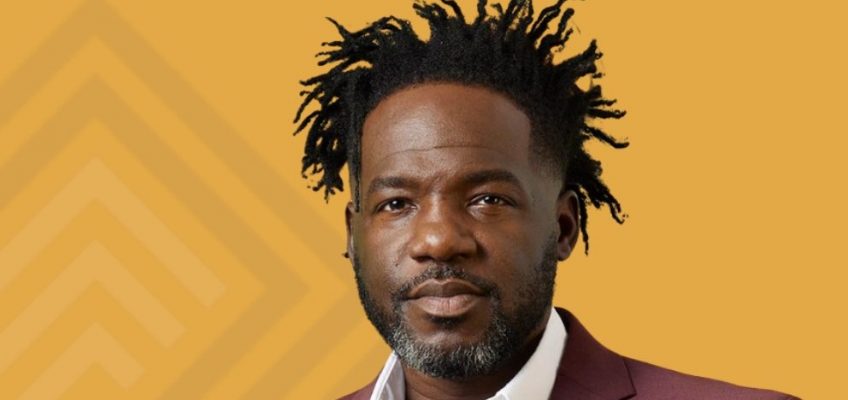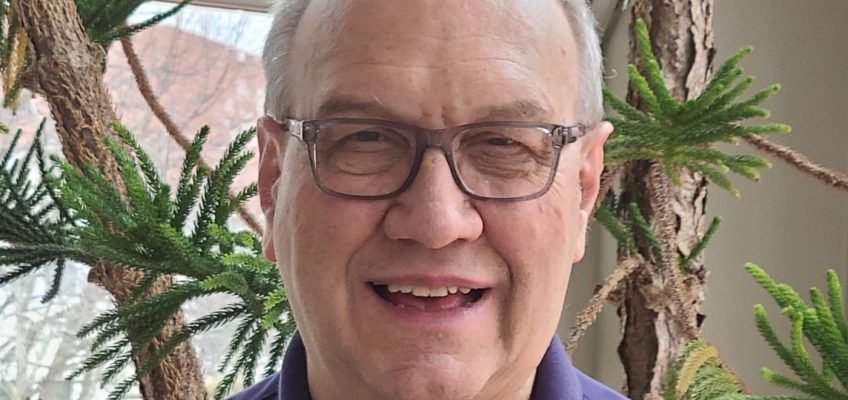Edward Lotterman
Many economic sectors in our country will face difficult and turbulent times over the next several years. Agriculture faces a true crisis in a matter of months.
Some problems that will be acute in October may abate — such as where to physically store surplus soybeans designated for export if none can be moved to other countries because of President Donald Trump’s ongoing trade and political wars with the rest of the world.
But the immediate lack of farm-product export sales caused by Trump’s policies creates deeper and broader problems for U.S. field crop farmers than in Trump’s first administration.
The breakneck recklessness of Trump’s foreign policy is transforming our international and trade relationships in ways not easily reversed. The United States is in the most fundamental transition since the Truman administration 80 years ago and that is bad news for farmers.
Agriculture may be just the first sector to feel the pain, others will follow, but its unique characteristics will make the coming travail particularly severe. It is the one economic sector that most closely approximates “perfect competition,” with many sellers and many buyers, homogeneous products, relatively low barriers to entry or exit and an abundance of information. Unfortunately, these conditions, fostering a large number of producers, makes U.S. agriculture vulnerable to boom and bust cycles. A bust seems to be unfolding now.
There had been a boom in the period from 1910 to 1920. In the new century, with increasingly capable horse-drawn or steam powered machinery, output per farmer had risen rapidly so that the 1910-1914 pre-war period is often used as a reference point for desired profitability in farming. Feeding war-torn Europe extended the boom. In Minnesota alone, tens of thousands of stately new farmhouses and modern barns were built, replacing rudimentary ones constructed a few decades earlier by settlers.
But the end of wartime demand and a ham-handedly severe contraction of credit by the new Federal Reserve threw agriculture into financial difficulties in the 1920s. This worsened as the global economy collapsed in the 1930s. U.S. history classes and Great Depression retrospectives teach about how the Dust Bowl was exacerbated by harsh climate conditions. Farm households still made up a third of all Americans. Before prosperity returned with World War II, a third of all U.S. farms had gone through foreclosure or bankruptcy.
With post-war peacetime, a second wave of mechanization based on modern tractors and combines with internal-combustion engines and hydraulic systems along with hybrid seed corn and cheap synthetic fertilizers boosted production faster than domestic demand. A U.S. dollar overvalued in the Bretton Woods international financial system limited export sales. The government intervened by buying up crops and storing them. This created chronic and troublesome surpluses. Many farmers moved to cities. Federal ag policy shifted to paying farmers not to produce.
The devaluation of the dollar in the 1971 “Nixon shock” suddenly made U.S. farm products far more competitive in world markets. Coupled with a rigid Communist regime in the USSR that needed to appease an increasingly restive population with more food, U.S. agriculture entered an export-fueled wave of prosperity not seen for 50 years.
With higher prices, farmers bought new machinery, erected grain storage and handling, improved drainage and spent on farm houses and other buildings. And they sought to expand their operations by purchases of additional land that would allow full realization of the capacity of newer tractors and other machinery. Young people who had left stagnant farms for university degrees and urban jobs came back to the farms already dreaming of further expansion. Land prices rose and then rose again.
So did inflation in the general economy. Jimmy Carter appointed Paul Volcker to head the Federal Reserve, knowing he would clamp down sharply on the money supply. He did, driving interest rates to unprecedented levels, and suddenly burdening farmers who depended on borrowed money.
High interest rates attracted foreign capital, driving up the value of the U.S. dollar thus making U.S. wheat, soybeans and cotton more expensive. Carter also suspended grain sales to the Soviet Union following its invasion of Afghanistan. Many blamed that for the ag troubles that followed; but this ignores the fact that ag exports continued to climb, hitting levels that would not be matched until the 1990s.
Yet the combination of high interest rates and shrinking export sales put field crop agriculture into the worst crisis since the Depression. Estimates of the number of bankruptcies varied but were near those of the 1930s. The strong dollar was dealing similar blows to U.S. steel and auto industries, so discontent and financial pain were widespread. The 1995 farm bill re-structured measures dating back to 1933. Farming recovered slowly, but rural social structures had changed permanently.
Recovery was slow, but China’s economic flowering set off a “global commodity supercycle” around 2004 that pushed up prices of most major field crops — soybeans, wheat, corn, cotton — and the sales prices of land needed to grow them. Midwestern cropland in the doldrums around $1,500 an acre in 1990 hit $2,500 by 2003 and topped $5,000 by 2009. There was another spurt around 2012 and then level prices for a decade until most recently, when COVID-era low interest rates, a weaker dollar and Russia’s invasion of European breadbasket Ukraine touched off another frenzy.
Thus, in many cases, prices of cropland are 10 times as high as they were in the wake of the 1980s crisis.
Which brings us to today and the second Trump administration. Now, with higher interest rates, a president battling all the other countries in the world rather than just China, continued expansion of South American ag exports and greater production in economically vibrant India, U.S. farmers now seek large subsidies because current yields and prices do not cover their “cost of production.”
This is an old lament that sways the sympathy of urbanites. But it glosses over a key factor. There are two categories of production costs: Ones that vary with output and are zero when output is zero are “variable costs;” in farming these include seed, fertilizer, chemicals, diesel fuel, energy for drying, storage and delivery.
Then there are “fixed costs” that one pays regardless of the level of output. These include interest on money invested in machinery and facilities and the depreciation of the same, as well as insurance, marketing information and so on. And from a cash-flow perspective, principal payments on land and machinery loans need to come from somewhere.
So with current product prices, most farmers can quite readily cover all variable costs. But with interest rates above where they had been for at least a decade after the 2007 Wall Street financial debacle, there is not enough revenue left over to pay all the fixed costs. This year the gap is great and growing as a trade war of choice — and not of necessity — dims export prospects.
So farmers want big subsidies. The trouble is that any time crop subsidies are raised, farmers bid up land prices. There is a ratcheting effect that, whenever the economy pauses, leaves farmers unable to cover the cost of production. Consider now that if cropland prices had not jumped by 30% to 50% since 2020, their costs would be a lot lower. Much more could be said and there will be ample opportunities to do so as the problem will be in the news for months.
Real World Economics: Federal Reserve follies continue
Real World Economics: A primer on money, banking and the Fed
Real World Economics: For farmers, good-news, bad-news is topsy turvy
Real World Economics: In Trump we trust, at our own peril
Real World Economics: Don’t count your chickens, or trade war victories …
St. Paul economist and writer Edward Lotterman can be reached at stpaul@edlotterman.com.




